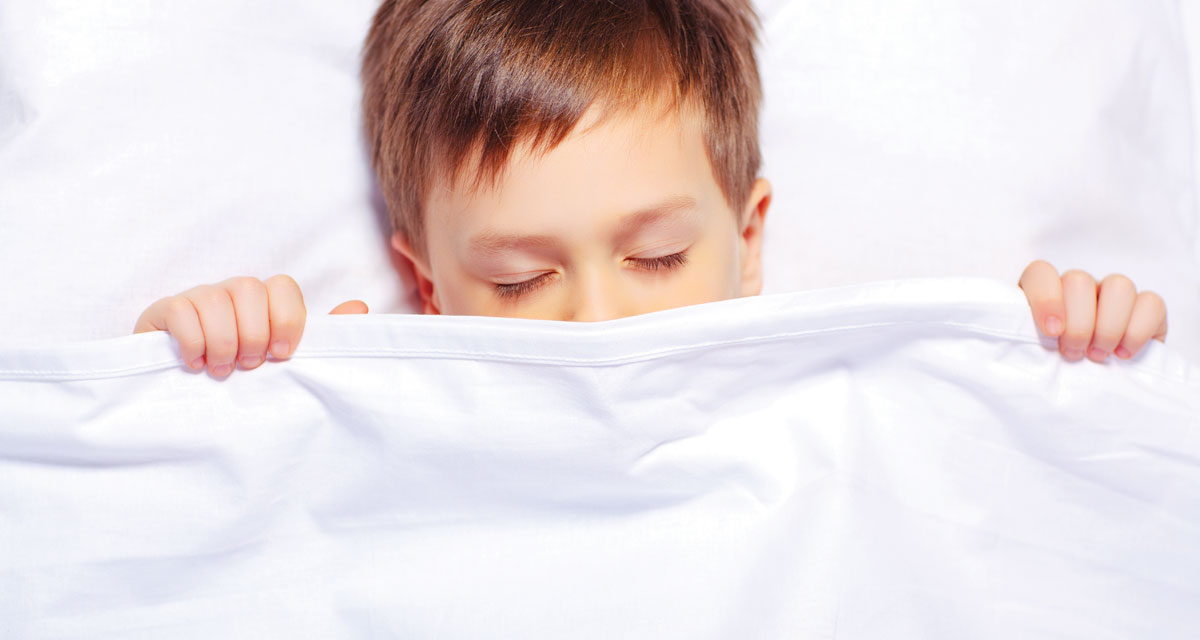Are you one of the 62% who experience sleep difficulty more frequently than twice weekly? Too often, teens and adults dismiss evident patterns and accept the day’s fatigue as a normalcy. Whether the brain’s activity is the preventative or “restless leg syndrome,” there are solutions to help create positive sleep habits.
The Bedtime Routine
As children develop from infants to toddlers, sleep needs change as a child grows; however, the goal is to maintain a consistent bedtime routine. From bath time to brushing teeth, changing into pajamas, reading, and praying, children develop the rituals that often continue into adulthood.
Teenage Sleep Deprivation
From age six to twelve, children need, on average, nine hours of sleep. University studies conclude that adolescents need between nine and ten hours of sleep, ideally nine hours and 15 minutes. Despite the impacts, which affect cognitive abilities, such as memory, making decisions, paying attention, and performance, whether in sports or academics, most teens choose to remain awake until 11 PM or later, functioning on only seven hours nightly; therefore, if they are lashing out at their friends and teachers, it’s a sure connection to sleep deprivation- the amygdala controls the desperate feelings of fight-or-flight. As a result, the amygdala extracts resources from the brain, such as logic and function, making it difficult for teens to distinguish between what’s a threat and what isn’t. Contrary to popular belief, teenagers do not suffer from angst—only resistance to an ideal sleep schedule.
Solutions to Aid Sleep
The experts claim it’s wise to gauge how you feel during the day to determine if changes are necessary. Feeling well-rested creates levels of energy and preparedness to function. Simply laying your head down and closing your eyes isn’t enough; instead, a strategy is necessary.
- Adopt a Bedtime Ritual: Pre-sleep activities should be relaxing, whether taking a warm shower, reading, or listening to music. The brain naturally converts serotonin into melatonin, a sleep hormone, to encourage sound sleep. Maintain your schedule each night at the same time.
- Eliminate Distractions: The bedroom should be a tranquil environment that is dark, quiet, and cool; therefore, dispel any distractions associated with an activity or stress, such as watching television or using a laptop or cellphone. Consider leaving all technology in another room; so, the need to grab and check notifications isn’t a temptation.
- Weighted Blankets: For individuals suffering from stress and anxiety, weighted blankets evoke a sensation of being held or cuddled. Sitting on the couch enveloped by weight is a proven relaxation therapy that promotes tiredness, and for restless sleepers, it offers immobility. It’s vital to choose a blanket that is roughly 10% of the user’s body weight. For young children, the recommendation is essential. For instance, a child weighing 70 pounds should use a seven-pound blanket.
- Meditation or Yoga Exercise: The statistics are staggering: from 25% of children to 63% of women have insomnia. As a result, nine million Americans take a prescription drug to encourage sleep. One positive correlation between meditation and sleep includes markers of REM sleep, hormone production, and oxygen consumption. Those who meditate before bed find calm and focus, allowing them to fall asleep more easily. Keep it simple and consistent; start with five minutes a day. Use an app or video to follow a program. It can be that simple!
- Napping: Power naps, ranging from 10 to 20 minutes, are ideal for the body to enter a slow-wave sleep without disturbing nighttime sleep efforts. Sleeping beyond 30 minutes leaves the mind feeling groggy and sleepy afterward, often impacting nighttime sleep.
Risks of Continued Chronic Sleep
The role of sleep health has a direct correlation to chronic diseases and conditions. For example, sufferers may have mood swings, and problems focusing and remembering, while internal difficulties may assume the form of high blood pressure, a weakened immune system, weight increases, and abnormal heart rhythms.
Discussions with a Doctor
The rejuvenation of settling the mind to REM sleep is an essential building block for a child’s and adult’s mental and physical health. It’s important not simply to accept a typical pattern; instead, discuss options with a child’s pediatrician or your doctor. Sleep disorders are intertwined with other mental and physical health issues, making the cycle hard to break. Weeks before a doctor appointment, consider keeping a sleep diary and start recording bedtimes, sleep length, and activities. The information will help identify patterns and determine solutions.



















